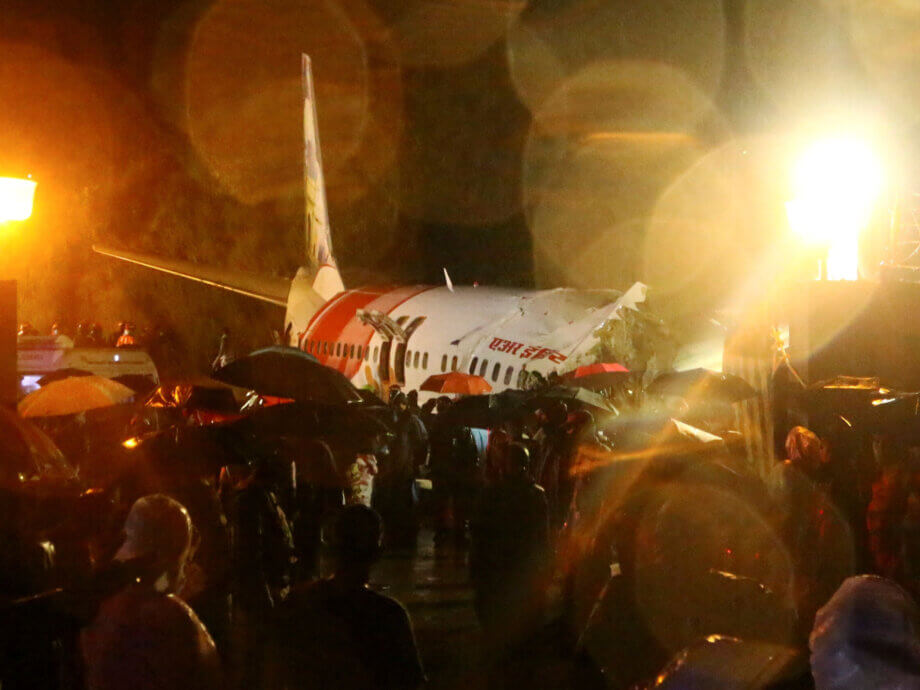Tragedy Strikes: The Air India Boeing 787 Crash in Ahmedabad
On June 12, a devastating air disaster unfolded in Ahmedabad, India, when an Air India Boeing 787-8 crashed just 34 seconds after takeoff. The crash claimed the lives of nearly 270 people, including almost everyone on board and several on the ground. Early findings from the Aircraft Accident Investigation Bureau (AAIB) have brought to light a series of events in the cockpit that led to the tragedy, focusing on the sudden transition of the aircraft’s engine fuel control switches from ‘RUN’ to ‘CUTOFF’ immediately after liftoff.
The preliminary report, released by the AAIB, has raised critical questions about cockpit procedures, pilot communication, and the design of the Boeing 787’s fuel control systems. As investigators continue to piece together the sequence of events, the aviation world is watching closely for lessons that could prevent future disasters.
What Happened in the Cockpit?
According to the AAIB’s initial findings, both fuel control switches—responsible for supplying fuel to the engines—were moved from the ‘RUN’ to the ‘CUTOFF’ position within three seconds of takeoff. This action effectively shut down both engines, leaving the aircraft powerless at a critical moment. The flight, designated Air India 171, lasted only about 30 seconds from liftoff to impact.
Cockpit voice recordings reveal a moment of confusion between the two pilots. The co-pilot, Clive Kundar, was flying the aircraft, while the pilot-in-command, Sumeet Sabharwal, was monitoring. The recording captures Kundar asking, “Why did you cut off?” to which Sabharwal replied, “I did not do so.” This exchange suggests a possible miscommunication or an unintentional action in the cockpit, though the exact cause remains under investigation.
Both pilots were experienced, with Sabharwal logging nearly 8,600 hours on the Boeing 787 and Kundar over 1,100 hours. The report also confirmed that both had adequate rest before the flight, ruling out fatigue as a contributing factor.
Understanding Fuel Control Switches and Their Role
The fuel control switches on a Boeing 787 are critical components that regulate the flow of fuel to the engines. In normal operations, these switches are set to ‘RUN’ during takeoff and flight, ensuring continuous engine power. Moving them to ‘CUTOFF’ stops the fuel supply, shutting down the engines—a procedure typically reserved for emergencies or after landing.
In this incident, the switches were returned to ‘RUN’ within seconds, and engine gas temperatures (EGTs) rose, indicating attempts to restart the engines. However, the aircraft was already too low and slow to recover, leading to the fatal crash.
Potential Mechanical or Human Error?
The AAIB report notes that there were no weather-related issues, and the aircraft’s takeoff weight was within permissible limits. This points investigators toward cockpit actions or possible mechanical anomalies. The cockpit voice recording’s evidence of confusion suggests that human factors—such as miscommunication, inadvertent switch movement, or misunderstanding of procedures—may have played a significant role.
However, the investigation is ongoing, and all possibilities, including technical malfunctions, are being examined.
Regulatory Warnings and Airworthiness Directives
The preliminary report references a 2018 Special Airworthiness Information Bulletin (SAIB) issued by the US Federal Aviation Administration (FAA). The bulletin warned of the “potential disengagement of the fuel control switch locking feature” on Boeing 787 aircraft. This feature is designed to prevent accidental movement of the switches, but the SAIB was advisory, not mandatory, and Air India did not conduct the recommended inspection.
Despite this, the report states that all mandatory Airworthiness Directives and Alert Service Bulletins had been complied with for both the aircraft and its GE GEnx-1B engines. This raises questions about the effectiveness of non-mandatory safety recommendations and the processes airlines use to assess and implement them.
Industry Response and Ongoing Investigation
In a public statement following the release of the report, Air India expressed its condolences and commitment to supporting affected families. The airline also pledged full cooperation with regulators and investigators. The AAIB emphasized that the investigation is ongoing and that additional evidence, records, and information are being sought from various stakeholders.
Air India stated on X (formerly Twitter): “We continue to mourn the loss and are fully committed to providing support during this difficult time. Air India is working closely with stakeholders, including regulators.”
As the investigation continues, the aviation community is awaiting further findings that could clarify the root causes and lead to improved safety protocols.
How Do Investigators Approach Such Crashes?
Aircraft accident investigations are complex, involving multiple agencies, technical experts, and international cooperation. The AAIB, in coordination with the Directorate General of Civil Aviation (DGCA) and international partners like the FAA and Boeing, is analyzing flight data recorders, cockpit voice recordings, maintenance logs, and crew training records.
Investigators will also examine the design and ergonomics of the fuel control switches, looking for any potential for inadvertent activation. Human factors specialists will assess cockpit procedures, communication, and workload at the time of the incident.
The Role of Special Airworthiness Information Bulletins
SAIBs are issued by aviation authorities to alert operators to potential safety issues that may not yet warrant mandatory action. While they provide valuable guidance, compliance is voluntary unless the issue escalates to an Airworthiness Directive (AD), which is legally binding. The Air India crash has reignited debate over the adequacy of such advisories and whether more stringent follow-up is needed for critical systems.
Broader Implications for Aviation Safety
This tragedy has highlighted several key issues in aviation safety:
- The importance of clear cockpit communication and adherence to standard operating procedures
- The need for robust safeguards against inadvertent activation of critical controls
- The challenges of balancing mandatory and advisory safety recommendations
- The ongoing evolution of pilot training to address human factors and automation
Experts note that while modern commercial aviation is statistically very safe, rare but catastrophic events like this underscore the need for constant vigilance and improvement.
One aviation safety analyst commented, “Every accident is a chain of events. Breaking any one link—whether it’s a design flaw, a procedural lapse, or a communication breakdown—can prevent disaster.”
In Summary
- An Air India Boeing 787-8 crashed 34 seconds after takeoff from Ahmedabad, killing nearly 270 people
- Both engine fuel control switches were moved to ‘CUTOFF’ immediately after liftoff, shutting down the engines
- Cockpit voice recordings revealed confusion between the pilots about the switch movement
- No weather or weight issues were found; both pilots were well-rested and experienced
- A 2018 FAA advisory warned of potential issues with the fuel control switch locking feature, but compliance was not mandatory
- The investigation is ongoing, with focus on human factors, cockpit procedures, and possible mechanical issues
- The crash has raised questions about the effectiveness of advisory safety bulletins and the need for improved safeguards




